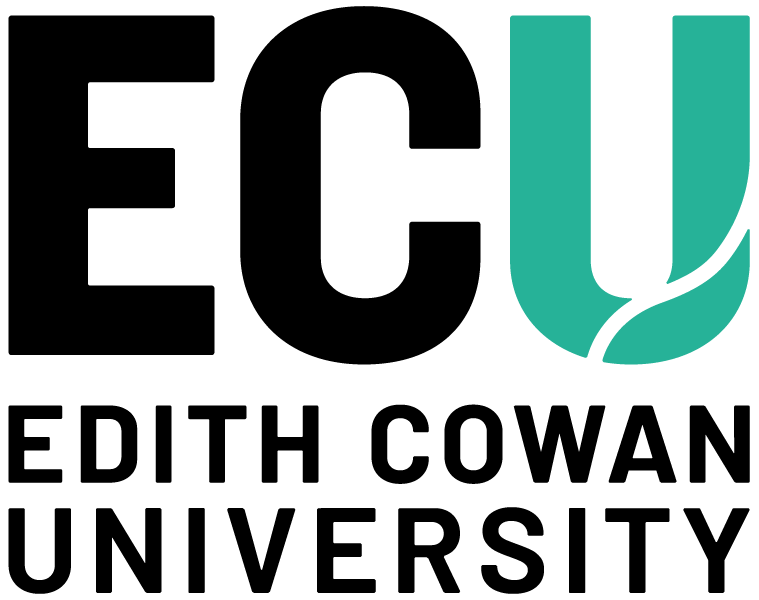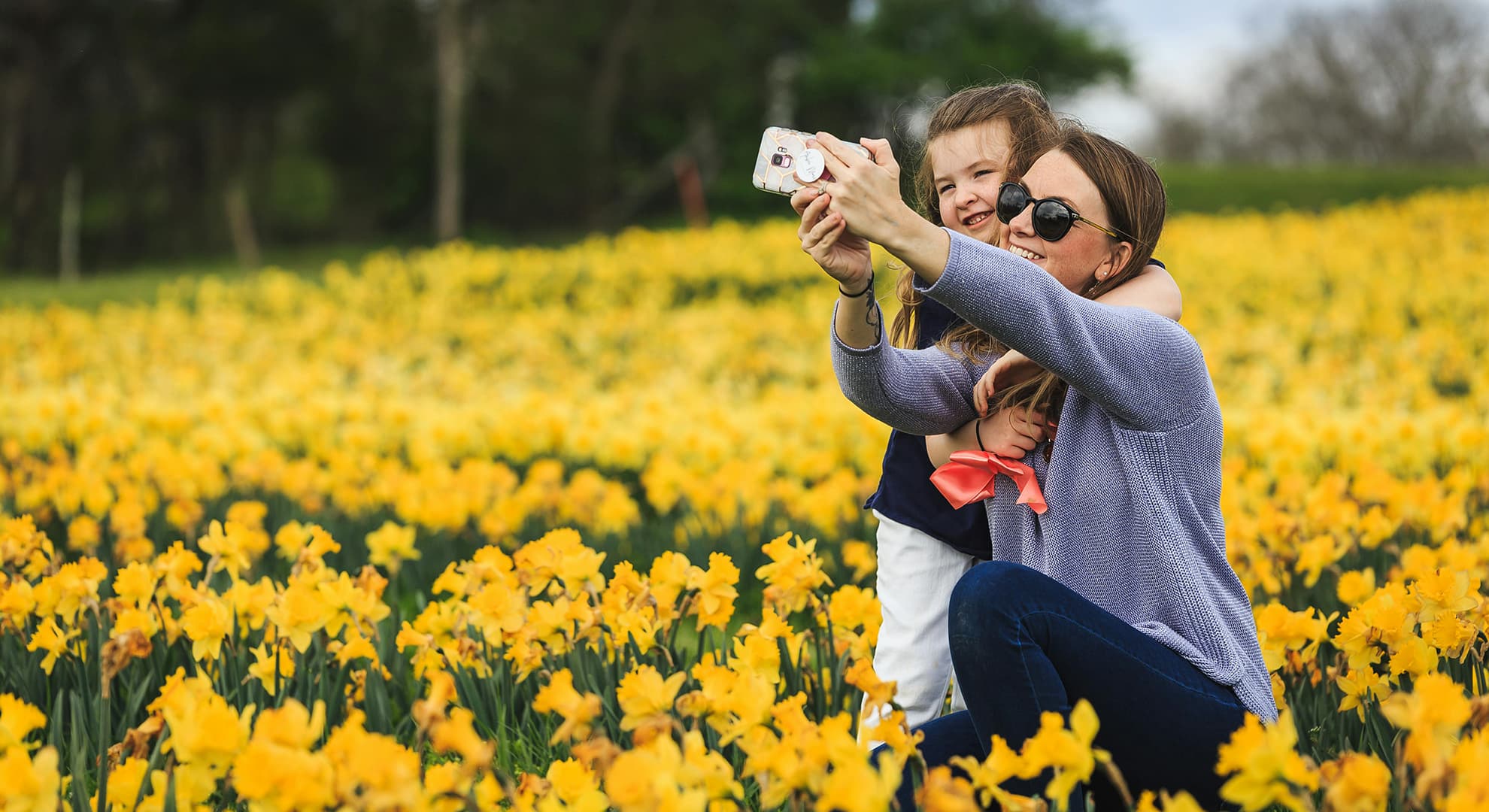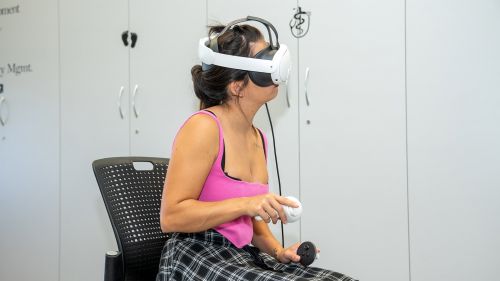The need for a dramatic selfie or the perfect landscape photo is proving detrimental to nature, a new research collaboration has found.
Researchers from Edith Cowan University (ECU), Curtin University, Murdoch University and the Department of Biodiversity, Conservation and Attraction's Kings Park Science programme have identified several direct and indirect impacts that the advent and prominence of social media has had on the natural environment, including disruptions to the breeding and feeding patterns of animals and the trampling of endangered plant species.
"The advent of social media has created an environmental impact which would otherwise never have existed," said ECU Senior Lecturer in Vertebrate Biology Dr Rob Davis.
"Social media groups have made it easy for people to identify the location of endangered plant species or the breeding grounds of bird or wildlife species, with the information being disseminated quickly and causing a major influx of people into an area that would otherwise have remained untouched.
"As a result, animal breeding and feeding patterns are disturbed, and there is an increased risk for predation. Furthermore, the use of call playback, or drones, or the handling of wild animals for photographs leaves a lasting impact," said Dr Davis.
Indirect impacts include the spread of diseases and increased poaching of flora and fauna.
Curtin University School of Molecular and Life Sciences Associate Professor Bill Bateman said a diverse range of animals and plants were feeling the negative impacts of social media-related behaviour.
"The Blue-crowned Laughingthrush is a critically endangered bird species which has shown altered nesting behaviours due to disturbances from photographers," Associate Professor Bateman said.
"We also know orchids are highly susceptible to trampling and habitat changes, with many groups threatened by increased tourism and recreational activities promoted through social media.
"But it's not just land and air-based: flash photography and disturbances from divers can negatively affect marine life such as whale sharks and other sensitive aquatic organisms."
Department of Biodiversity, Conservation and Attractions Research Scientist in the Kings Park programme, Dr Belinda Davis noted that of all flora, orchids were particularly popular content for social media posts, and even had social media groups dedicated to posting photos of native orchids.
"These groups can be upwards of 10,000 members so the rapid dissemination of flowering locations and the foot traffic generated to key sites should be considered an emerging threat.
"Orchids can have highly specific interactions with a single species of pollinator and fungus. Over-visitation not only has a direct impact on orchids from trampling but can indirectly impact the integrity of their ecological interactions leaving orchids vulnerable to population collapse," she said.
The sunny side
Despite the downside to social media users encroaching on natural habitats, photography can be an incredibly powerful conservation tool, cultivating and enhancing environmental activism, nature-based connections, or opportunities for stewardship and education, said Dr Davis.
"The broad audience outreach of social media means that content can also be harnessed by scientists and land management practitioners for conservation purposes, essentially ‘data mining' content or actively engaging with ‘citizen scientists’ to collect data as a by-product of their social media activities."
Social media has also directly resulted in the identification of several new plant species.
However, the research collaboration has advocated for the instigation of codes of ethics and tighter controls around the use and promotion of flora and fauna on social media.
"We propose a framework that considers species most at risk from social media activities, especially those that are rare, sessile and have restricted ranges," said Dr Davis.
"The growing use and omnipresent nature of social media means that it is impossible to control or restrict access to species or nature hotspots that are the target of social media content. Consequently, the best hope relies on a mix of on-ground management or access restrictions at key public sites, buy-in from a variety of stakeholders and an increase in education promoting appropriate behaviour in natural areas.
"Many nature groups and societies already have well-established codes of ethics for responsible conduct including for activities such as birdwatching, bird photography and orchid photography. Such codes of conduct are an excellent starting point but are non-binding and rely on individuals doing the right thing and/or peer pressure to speak up about inappropriate behaviour.
"However, this may remain the most realistic basis for reducing impacts on biodiversity and questions could be asked of any groups that do not have or adhere to such codes of conduct," he said.
The research was published in Science of the Total Environment.

 The advent of social media has created an environmental impact which would otherwise never have existed.
The advent of social media has created an environmental impact which would otherwise never have existed.



